If you love heading out into the great outdoors in your RV but are getting a bit tired of busy and expensive campgrounds, then you should definitely consider RV boondocking for your next trip.
But what exactly is RV boondocking?
Read on, because in this guide we introduce you to what exactly boondocking is, along with some tips to get you started.
What is RV Boondocking?
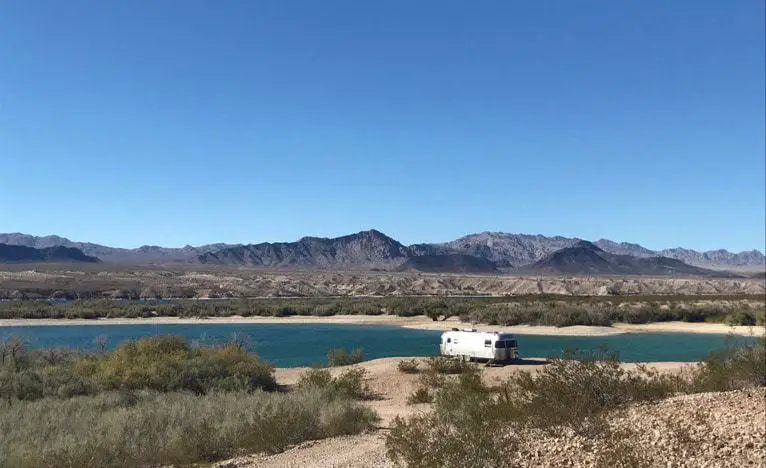
Simply put, boondocking is setting up your RV in a remote area, with no facilities other than what nature gives you.
It falls under the category of dispersed camping, which is loosely defined as “camping outside developed campgrounds.”
It’s also sometimes referred to as “dry camping” due to the fact that you have no access to hookups as you would in a regular campground.
The good news is that RV boondocking could be the most amazing RV experience of your life.
Imagine waking up and opening your RV door in the morning and soaking up the view: a beautiful calm lake, with distant snow-capped mountains soaring into the perfectly blue and sunny sky.
Sounds great right?
It does take a bit of planning though, so read on as we guide you through all the things you need to consider before making this dream a reality.
Preparation is Key
In order to have a successful and enjoyable boondocking experience, you’re going to need to plan your trip carefully.
Before you even leave home, there’s a couple of important points for you to consider. So let’s take a look at those first.
Check Your Vehicle
Because you won’t have electric or water hookups when boondocking, it’s important to check that your RV can safely meet all your requirements.
Make sure you take the time to check how much power your RV batteries can provide and whether that meets your typical usage requirements.
You might decide to invest in a battery monitor to easily keep track of your energy consumption, especially if you’re planning on boondocking for consecutive nights.
Adding an extra battery or solar panel are easy ways to increase the output of your current setup. Next up, make sure you have enough water for however many nights you plan on boondocking.
There’s nothing worse than realizing you’ve used almost all of your water on showers and washing up on your first night. Lack of sufficient water supplies is something that trips up many first-time boondockers.
To make sure that doesn’t happen to you, it’s a good idea to bring along some extra 5-7 gallon water containers until you work out your average water usage per day.
Plan ahead
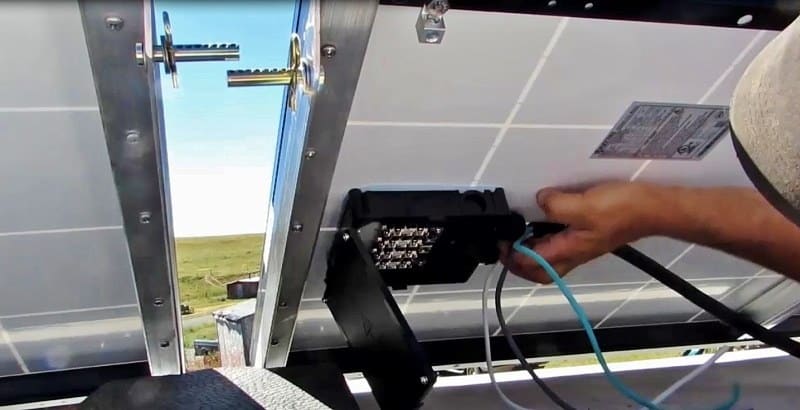
Next up, take the time to plan ahead and work out a rough idea of where you want to go, along with some possible boondocking locations.
In most cases, you’re allowed to set up your RV boondock camp on any federal public land within a certain distance of roads. It’s definitely worth finding out the specific rules for the area you’re planning to visit.
The US Forest Service (USFS) provides free copies of regional Motor Vehicle Use Maps (MVUM) which will help you identify suitable places to set up camp.
The majority of US National Parks only allow RV parking at designated campgrounds, however, a few will allow boondocking.
There are also some great websites to help you find the perfect location for your RV boondocking adventure.
Free Campsites, All Stays and Campendium all have searchable maps that list boondocking locations, often with reviews from other RVers.
Hitting the open road
Once you’ve ticked those things off your checklist, you’re good to go.
Let’s take a look at some things to consider once you’ve headed off on your adventure.
Leave No Trace
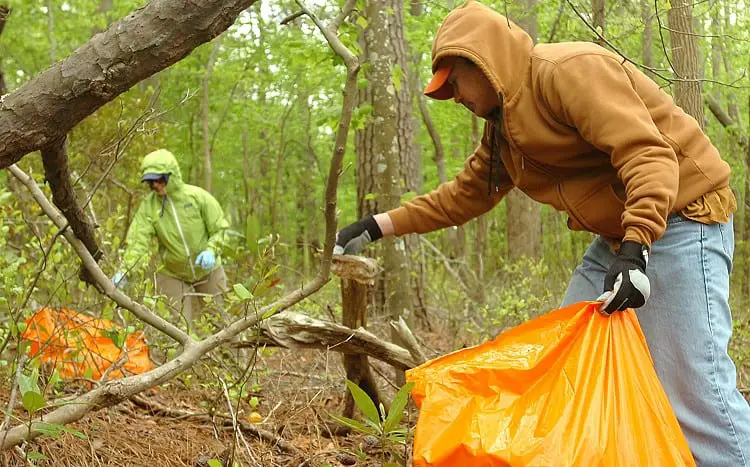
So, you’ve found your first boondocking location and started to set up camp. What next?
A key point when boondocking is to respect the natural environment.
The organization “Leave No Trace” suggests following seven principles which are designed to help you minimize your impact on the environment. These are:
- Plan ahead and prepare
- Travel and camp on durable surfaces
- Dispose of waste properly
- Leave what you find
- Minimize campfire impacts
- Respect wildlife
- Be considerate of other visitors
Mix It Up
Most people who are new to RV boondocking find that they’re most comfortable switching between a few night’s boondocking and then heading back to a regular campground to recharge your RV batteries, get some washing done and have a long shower.
As you get to fall in love with RV boondocking, you might find that your desire to stay at campgrounds dwindles.
Bear in mind though, that on USFS and Bureau of Land Management (BLM) administered land, you’re free to stay for 14 continuous days before you need to move on.
Flexibility
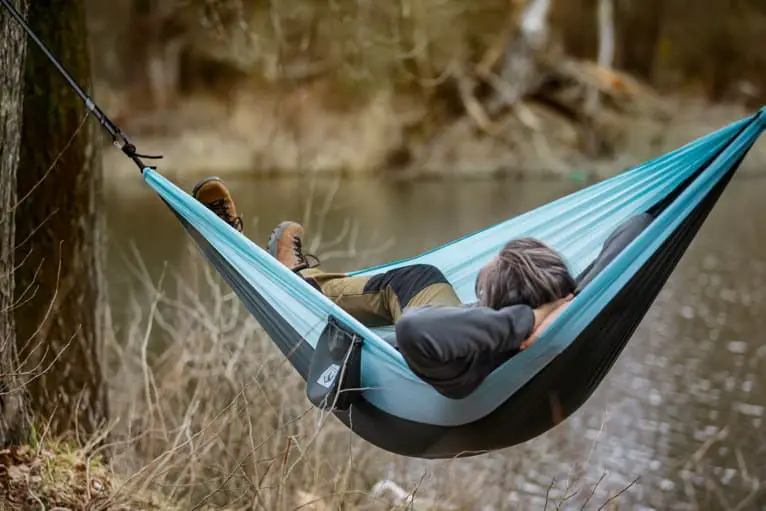
Whilst at a campsite you might be limited to what you can do, with Boondocking you’re going to feel a whole new sense of freedom.
Camping near a beautiful forest and fancy sleeping under the stars? No problem.
Bring along a camping hammock and you can enjoy doing just that.
How about spending a few hours taking photographs of the amazing nature that surrounds you?
A True Adventure
Once you’ve taken the plunge and headed out on your first RV boondocking adventure, you’re likely to want to keep doing it.
Many full-time RVers, including Michelle Schroeder-Gardner, have fallen in love with boondocking. Michelle says, “We love free camping. You often get a large amount of space to yourself in a place with amazing views and beautiful trails close by.”
Do you love RV boondocking? If you’ve got any top tips or favorite places to stay, we’d love to hear from you.
Resources:


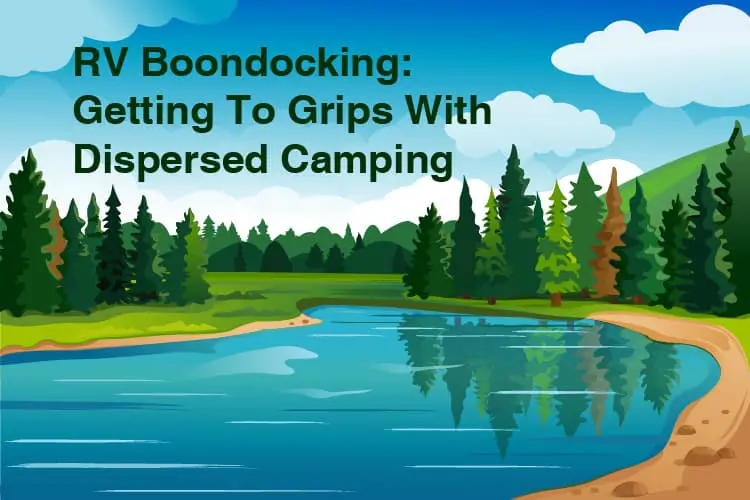

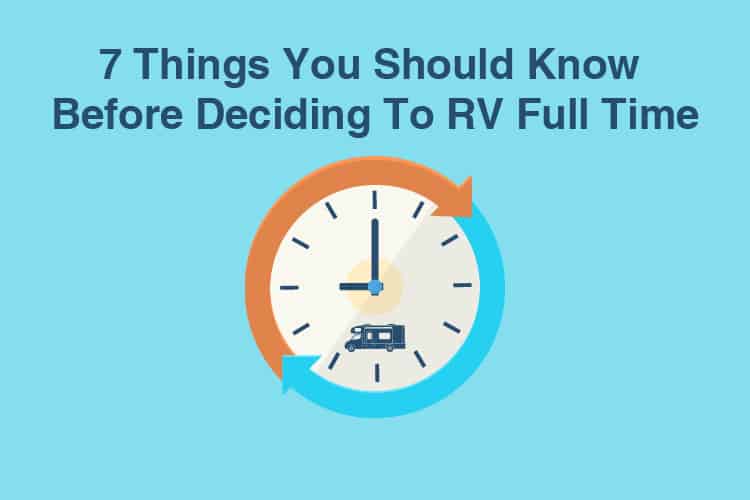
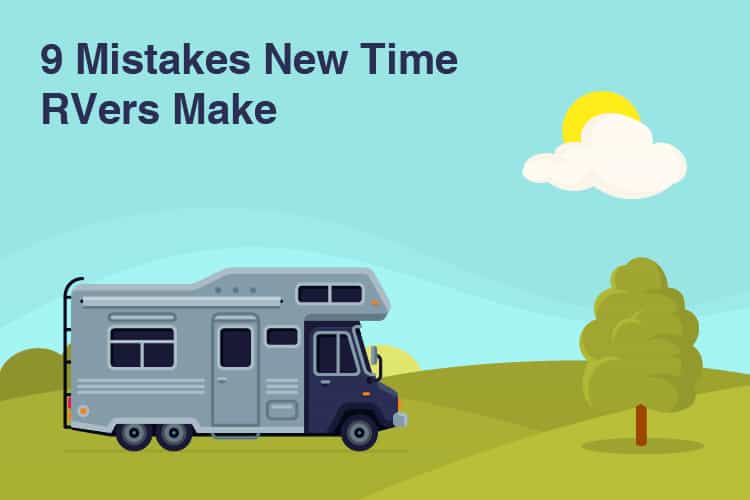
Hello. I’m going to be new at RV Boondocking. I don’t even have the RV yet. Any input will help. Thanks
Love your info and ideas. Any information on Canadian boon docking availability? This summer we want to camp around Lake Superior.
We are or have been avid campground camper but it’s time to get out of the best and fly.
We love boondocking
Great stuff